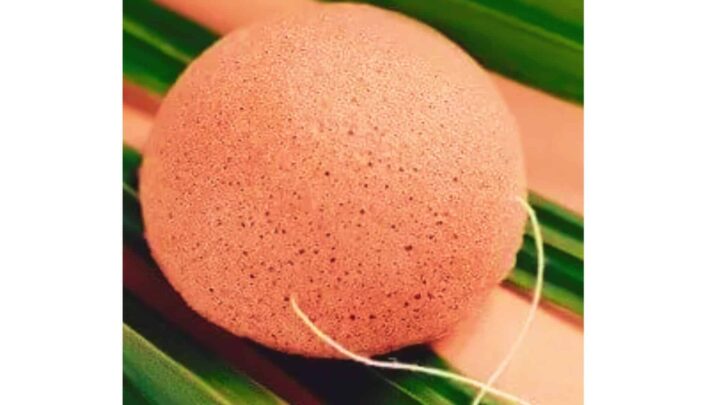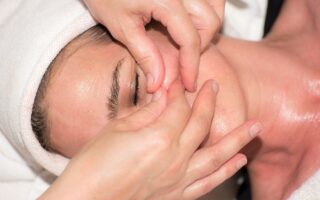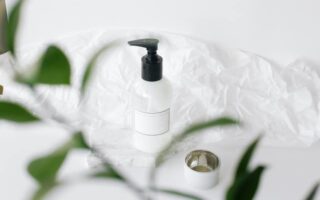What is Konjac Sponge? How to use?
This beauty invention obtained from the roots of a plant grown in Asia turns into a sponge when it meets water! Asian women are starting to use Konjac sponge for exfoliation, pore cleansing and facial cleansing, and from there it spreads all over the world. You may have seen the konjac sponge in beauty shops or on social media, too. So, what is Konjac Sponge? how to use it? Well, you can find everything you wonder about this magic sponge in this article!
What is Konjac sponge?
Konjac sponge is obtained from the roots of the konjac plant, which grows in Asia. These spongy roots expand and grow when combined with water. The konjac sponge, which acts as a sponge, is used by Asian women for deep facial cleansing.
The reason why it is so widespread is that it is gentle on the skin, does not scratch and provides a natural cleaning! You can find the konjac sponge, which is also suitable for sensitive skin, in beauty markets. Although it is popular with oily skin, it also provides deep cleansing for dry skin. It doesn’t dry out or mattify the skin. You can use the konjac sponge recommended for every skin type for your skin care.

What does a Konjac sponge do?
- Gently cleanses the skin
- Removes makeup perfectly
- Helps cell regeneration
- cleans pores
- Reduces blackhead formation
- Provides gentle cleansing on acne and acne-prone skin
- Adds radiance and shine to the face
- Suitable for use for the whole body
Moreover, it does not cause environmental pollution because it is ecological.
How to use it?
Using the product is very simple! Wet the sponge with water first and let it expand. Then apply your favorite cleansing gel to your wet face and lather. Now it’s time to clean your skin with the konjac sponge! Always clean your face from bottom to top and move forward in circular motions. Thus, your face will look more vigorous and upturned.
After cleaning your skin with a Konjac sponge, we recommend you to use a concentrated sheet mask to increase the feeling of freshness and to take your skin care to the next level. You can apply concentrated sheet masks 2-3 times a week after cleansing your skin with a this sponge.
What are the types of Konjac sponges?
- White konjac sponge: is 100% natural, obtained from the konjac plant. It is suitable for sensitive skin. It is used to deeply clean the skin and purify it from dirt.
- Black charcoal konjac sponge: is made from bamboo clay, is especially recommended for oily and acne-prone skin. Rather than removing make-up, you should use a black charcoal konjac sponge to cleanse your skin of sebum.
- Red clay konjac sponge: Made from French red clay, this sponge is especially recommended for mature and finely wrinkled skin. Red konjac sponge, which has an anti-aging effect, has the effect of moisturizing the skin and accelerating blood circulation.
- Green clay konjac sponge: with exfoliating effect is used to purify dead cells and deeply cleanse the skin. If you want to exfoliate with the Konjac sponge, you should use the green clay sponge.
- Konjac sponge with green tea: This sponge with antioxidant green tea controls acne and makes the face matte and is recommended. for those with skin imperfections

Can we use a this sponge every day?
White konjac sponge is suitable for daily use. We recommend using the original this sponge, especially in the evening, before going to bed.
Is this sponge harmful?
Konjac sponge is completely natural and chemical free. Suitable for alkaline skin care, this sponge is recommended for all skin types as it is compatible with skin pH. However, if you do not moisturize your skin and do other skin care steps after deep cleansing your skin with a konjac sponge, you may feel dry on your skin.
After removing makeup or cleansing your face with a Konjac sponge, you should definitely moisturize your skin.




